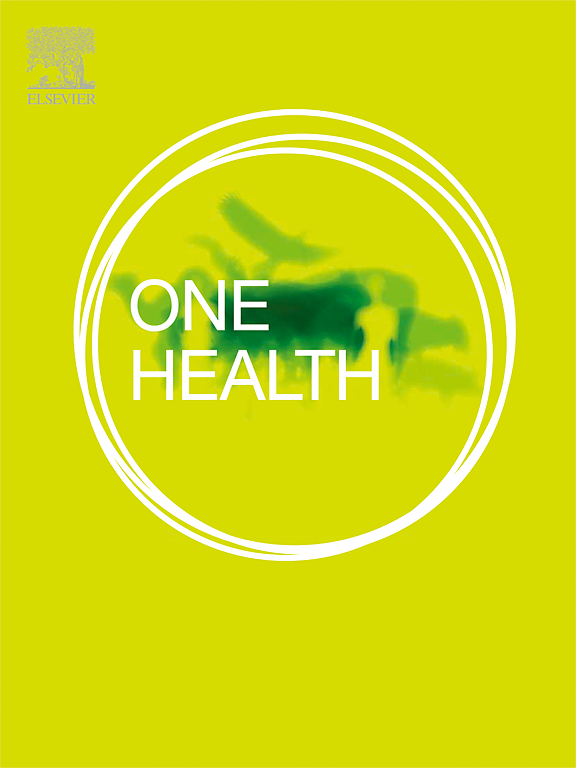Serological evaluation of Crimean-Congo Hemorrhagic fever in humans with High-Risk professional exposure and in residual sera collected in 2022-2023 across Corsica (France)
IF 4.1
2区 医学
Q1 INFECTIOUS DISEASES
引用次数: 0
Abstract
Background
The Crimean-Congo hemorrhagic fever virus (CCHFV) is a tick-borne pathogen known to cause severe viral hemorrhagic fever.
Aim
We aimed to evaluate the potential circulation of CCHFV in Corsica through a serosurvey, including anonymized residual sera (RS) and high-risk individuals exposed to animals and/or tick bites due to occupational activities.
Methods
This cross-sectional study involved two groups: anonymized RS from medical biology laboratories and sera from high-risk individuals (slaughterhouse workers, veterinary professionals, animal farmers, and rangers) collected across Corsica during 2022–2023. Antibodies targeting the CCHFV viral nucleoprotein were detected using a double-antigen ELISA. ELISA-positive samples underwent neutralizing antibody testing. Sociodemographic and epidemiological data were collected using a structured questionnaire in the high-risk group.
Results
Total anti-CCHFV seropositivity was of 0.08 % (n = 2) [95 % Confidence Interval (CI): 0.06–0.09] in RS and of 0.50 % (n = 1) [95 % CI: 0.43–0.56] in high-risk groups (p < 0.01). Lifetime tick-bites was reported by 65.9 % (n = 118) of respondents, with higher rates among farmers (Odds Ratio (OR) = 3.4; 95 % CI 1.4–8.5) and participants with >10 years of occupational exposure (OR = 3.8; 95 % CI 1.7–8.5).
Conclusions
This study provides initial evidence of human exposure to CCHFV in Corsica, with rates consistent with those observed in other Western European regions. Our results indicate a risk of CCHF among the Corsican population, particularly among farmers and slaughterhouse workers. Continuous surveillance and public education are essential to mitigate this risk, especially among these targeted groups and healthcare professionals, ensuring prompt diagnosis and prevention of potential outbreaks.

求助全文
约1分钟内获得全文
求助全文
来源期刊

One Health
Medicine-Infectious Diseases
CiteScore
8.10
自引率
4.00%
发文量
95
审稿时长
18 weeks
期刊介绍:
One Health - a Gold Open Access journal.
The mission of One Health is to provide a platform for rapid communication of high quality scientific knowledge on inter- and intra-species pathogen transmission, bringing together leading experts in virology, bacteriology, parasitology, mycology, vectors and vector-borne diseases, tropical health, veterinary sciences, pathology, immunology, food safety, mathematical modelling, epidemiology, public health research and emergency preparedness. As a Gold Open Access journal, a fee is payable on acceptance of the paper. Please see the Guide for Authors for more information.
Submissions to the following categories are welcome:
Virology,
Bacteriology,
Parasitology,
Mycology,
Vectors and vector-borne diseases,
Co-infections and co-morbidities,
Disease spatial surveillance,
Modelling,
Tropical Health,
Discovery,
Ecosystem Health,
Public Health.
 求助内容:
求助内容: 应助结果提醒方式:
应助结果提醒方式:


